SUMMARY
This is AI generated summarization, which may have errors. For context, always refer to the full article.
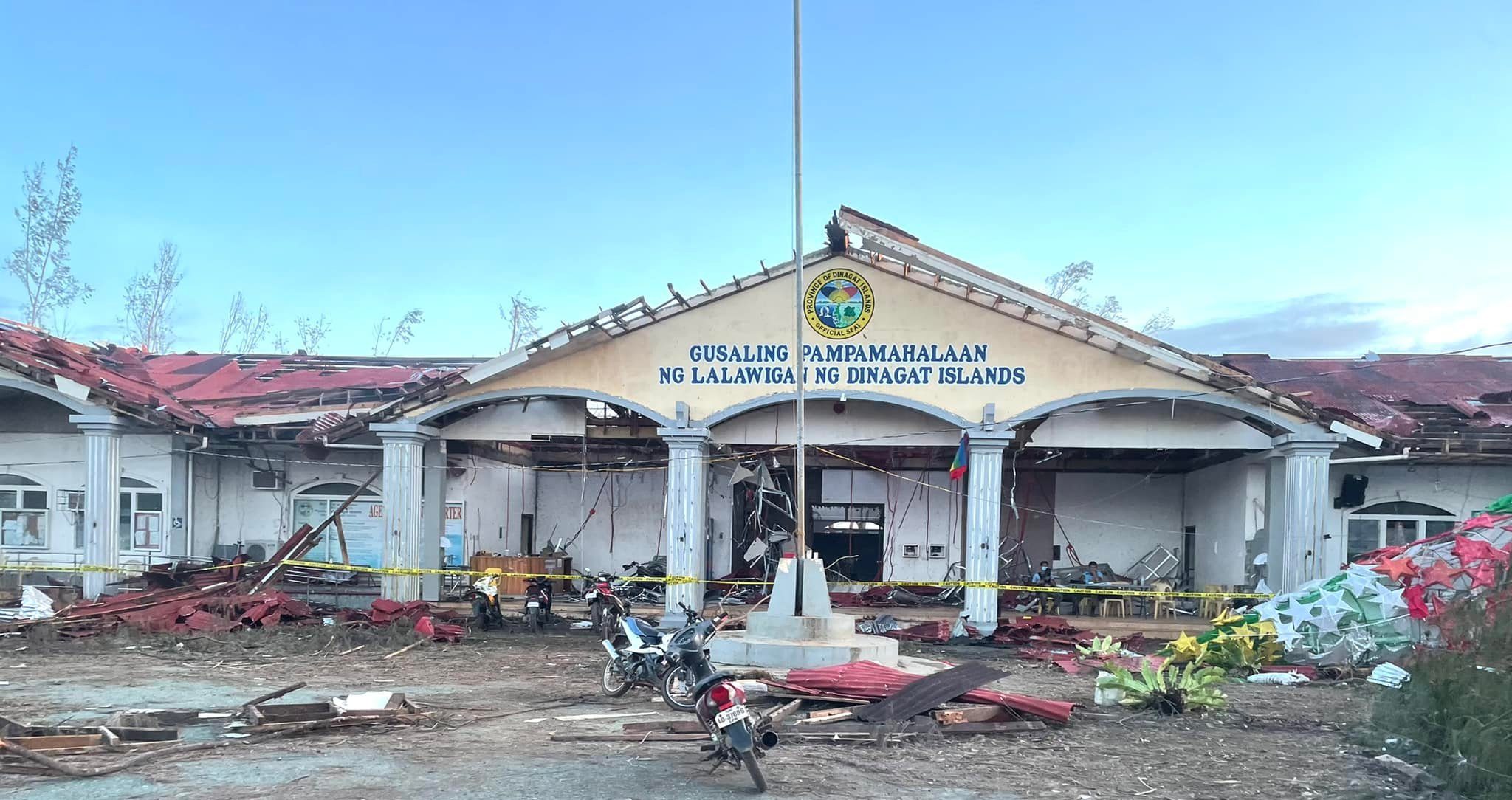
CAGAYAN DE ORO CITY, Philippines – Relief workers were horrified by the level of devastation they saw when they reached Dinagat Islands for the first time since the December 16 onslaught of Typhoon Odette (Rai).
At least 95% of the houses in the province were destroyed as Odette pounded the province with heavy rain and powerful winds on December 16, said Charlito “Kaloy” Manlupig, head of nongovernmental organization Balay Mindanaw Foundation.
Manlupig’s group traveled from Cagayan de Oro on a Coast Guard boat and arrived in the province on Sunday, December 19. They brought some food, bottles of drinking water, and a SkyHydrant filtration system that can be used to produce potable water.
Communities were flattened and Dinagat’s provincial capitol itself was destroyed, he said.
Results of the foundation’s rapid assessment and needs assessment placed the number of houses on the island that were either damaged or destroyed at 23,000. The province has a population of 130,000.
Even the house of Dinagat Governor Arlene “Kaka” Bag-ao was destroyed, Manlupig noted.
“Everywhere, you will see houses leveled to the ground or with their rooftops blown off,” he said.

The Dinagat Disaster Risk Reduction Management Office documented at least 15 deaths during Odette’s landfall.
The typhoon made its second landfall in Dinagat past 3 pm on December 16, barely two hours after it first battered neighboring Siargao Island, a world-famous surfing destination in Surigao del Norte.
It was heart-wrenching to see local government workers salvaging a full month’s supply of water-soaked rice from a warehouse and making lugaw (porridge) out of it, Manlupig said.
“People lined up to get their share of lugaw because there is no other food,” he said.
Manlupig said roads leading to the municipalities of Loreto, Basilisa, Tubajon, and Libjo have remained inaccessible from San Jose, the provincial capital.
He said they were worried about the islanders’ health, noting that there were already cases of diarrhea feared to be due to the shortage of clean water.
Like vital installations, the island’s agriculture is gone.
“There is no food, no rice, and no safe drinking water,” Manlupig said.
Some unscrupulous traders have also taken advantage of the food shortage and were selling vegetables by as much as P100 a kilo.
Gasoline there commands a price of as much as P120 per liter, he said.
Mylah Faye Aurora Cariño, director of the National Economic and Development Authority (NEDA) in neighboring Northern Mindanao, said it would take a while for local governments in the typhoon-devastated areas in Caraga to complete and submit comprehensive damage reports.
Cariño said the affected areas have lost their telecommunications infrastructure and were isolated due to impassable roads.
Another factor aggravating the situation is that the islands cannot be easily reached.
“It will take a while for the numbers to sink in and the long road to recovery to begin,” Cariño said. –Rappler.com
Froilan Gallardo is a Mindanao-based journalist and an awardee of the Aries Rufo Journalism Fellowship.
Add a comment
How does this make you feel?



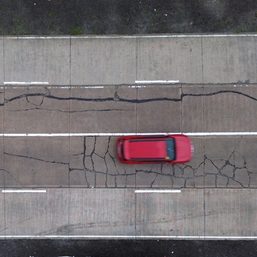

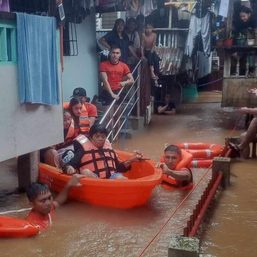




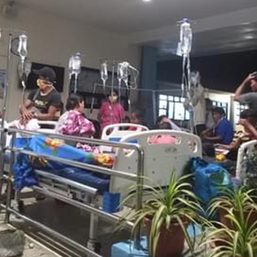
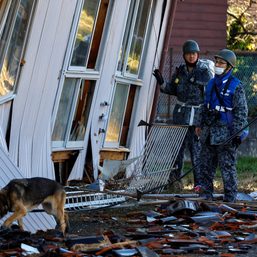
![[ANALYSIS] Lessons in resilience from Japan’s New Year’s Day earthquake](https://www.rappler.com/tachyon/2024/01/TL-japan-earthquake-warning-system-jan-3-2024.jpg?resize=257%2C257&crop_strategy=attention)
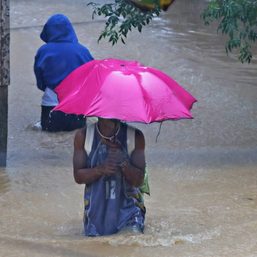


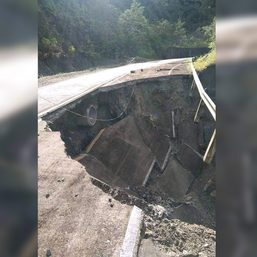
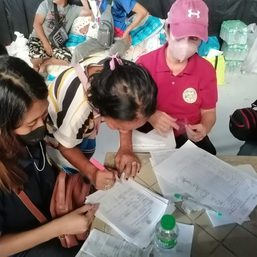
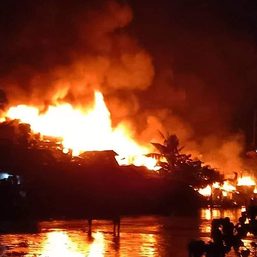
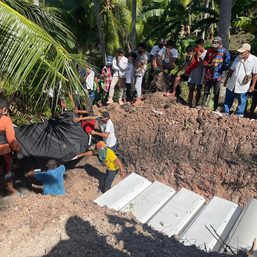
There are no comments yet. Add your comment to start the conversation.